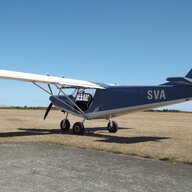-
Posts
3,101 -
Joined
-
Last visited
-
Days Won
27

IBob replied to plugga's topic in Aircraft Incidents and Accidents

IBob replied to plugga's topic in Aircraft Incidents and Accidents

IBob replied to plugga's topic in Aircraft Incidents and Accidents

IBob replied to plugga's topic in Aircraft Incidents and Accidents

IBob replied to plugga's topic in Aircraft Incidents and Accidents

IBob replied to plugga's topic in Aircraft Incidents and Accidents

IBob replied to farri's topic in Aircraft Incidents and Accidents

